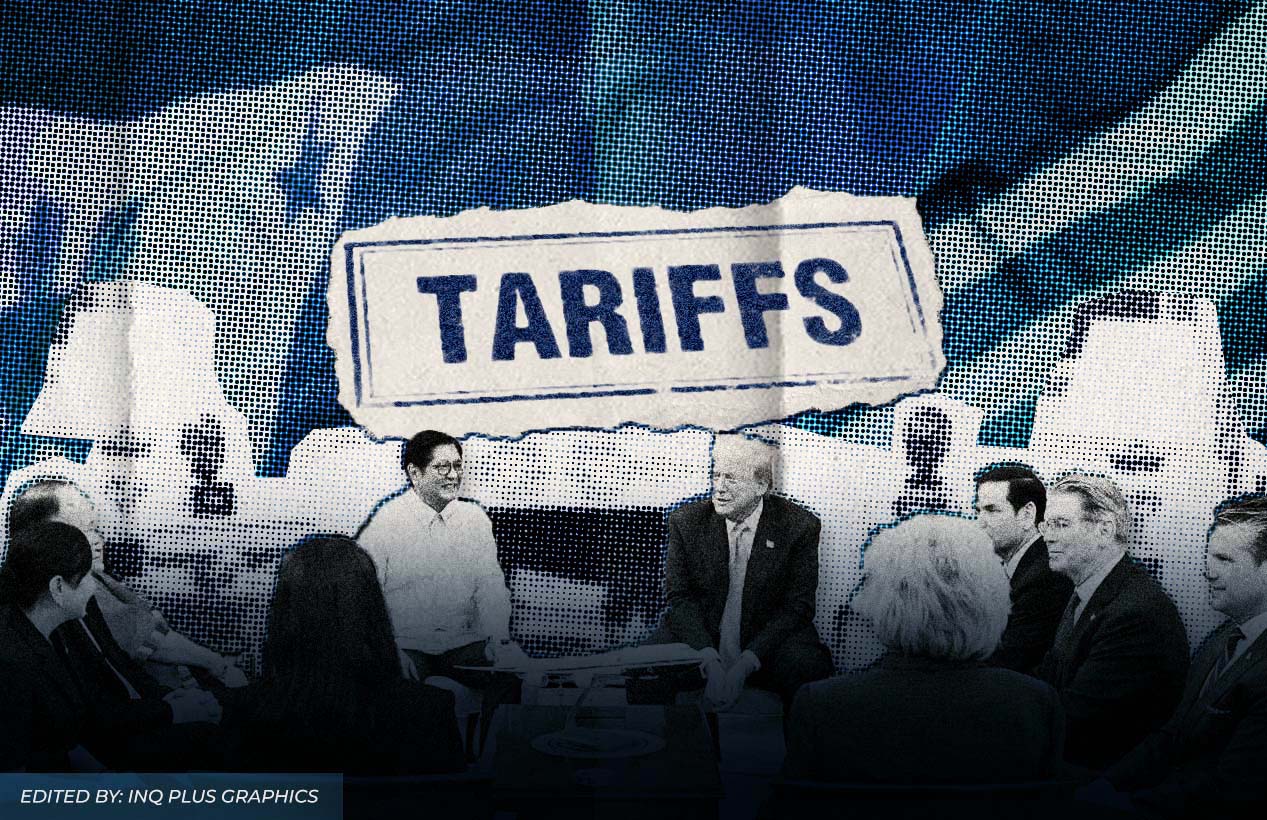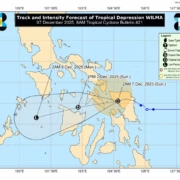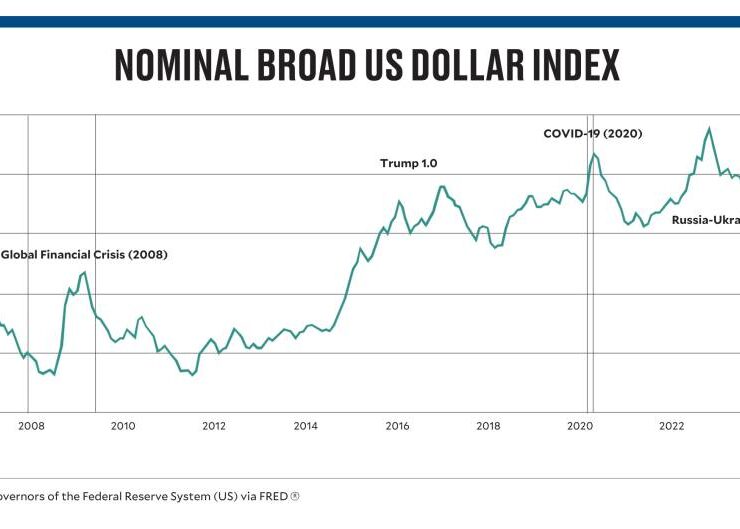US tariff reprieve on food goods seen lifting PH exports, aiding peso

The United States’ move to spare several key food products from higher tariffs may offer a lift to Philippine exports, a potential tailwind for the country’s weakening peso, according to MUFG Global Markets Research.
Michael Wan, a senior currency analyst at MUFG, said the Philippines and Indonesia—along with Vietnam, to a lesser degree—stand to benefit the most from President Donald Trump’s move to exempt certain agricultural imports, including coffee, cocoa, bananas and beef.
The relief comes as American consumers begin to feel the strain of higher US tariffs, which have started to raise prices stateside.
“In particular, up to 6 percent of the Philippines’ total exports to the US including items such as coconut oils will now be exempt,” Wan said, adding that the relief could help support the fragile peso, especially given uncertainty around the conclusion of trade negotiations between Manila and Washington.
The peso has hovered around the 58 to 59 range in recent weeks amid growing downside risks to local economic growth, which was dampened by governance issues and severe weather disruptions.
The peso’s slide has been compounded by a stronger dollar, bolstered by the slow pace of US interest-rate cuts as President Donald Trump’s tariff measures complicate the Federal Reserve’s policy outlook. At the same time, lackluster domestic growth—down to a four-year low of 4 percent in the third quarter—has fueled expectations of a deeper-than-expected easing cycle by the Philippine central bank, adding risks to the local currency.
At this point, the peso is trading above the 56 to 58 range that the Marcos administration projected for the year. The Bangko Sentral ng Pilipinas, however, has signaled it will let market forces set the exchange rate, saying it won’t intervene to smooth out daily fluctuations.
MUFG’s Wan said domestic issues, particularly the widening probe into anomalous infrastructure projects, would continue to drive the peso’s performance. But he said there’s room for the currency to recover.
“We are nonetheless hesitant to be too bearish on the peso at current levels of the 59 handle and hence look for it to come off gradually towards the 58 mark, helped over time by a weaker dollar and also some eventual improvement in government spending,” Wan said.





















